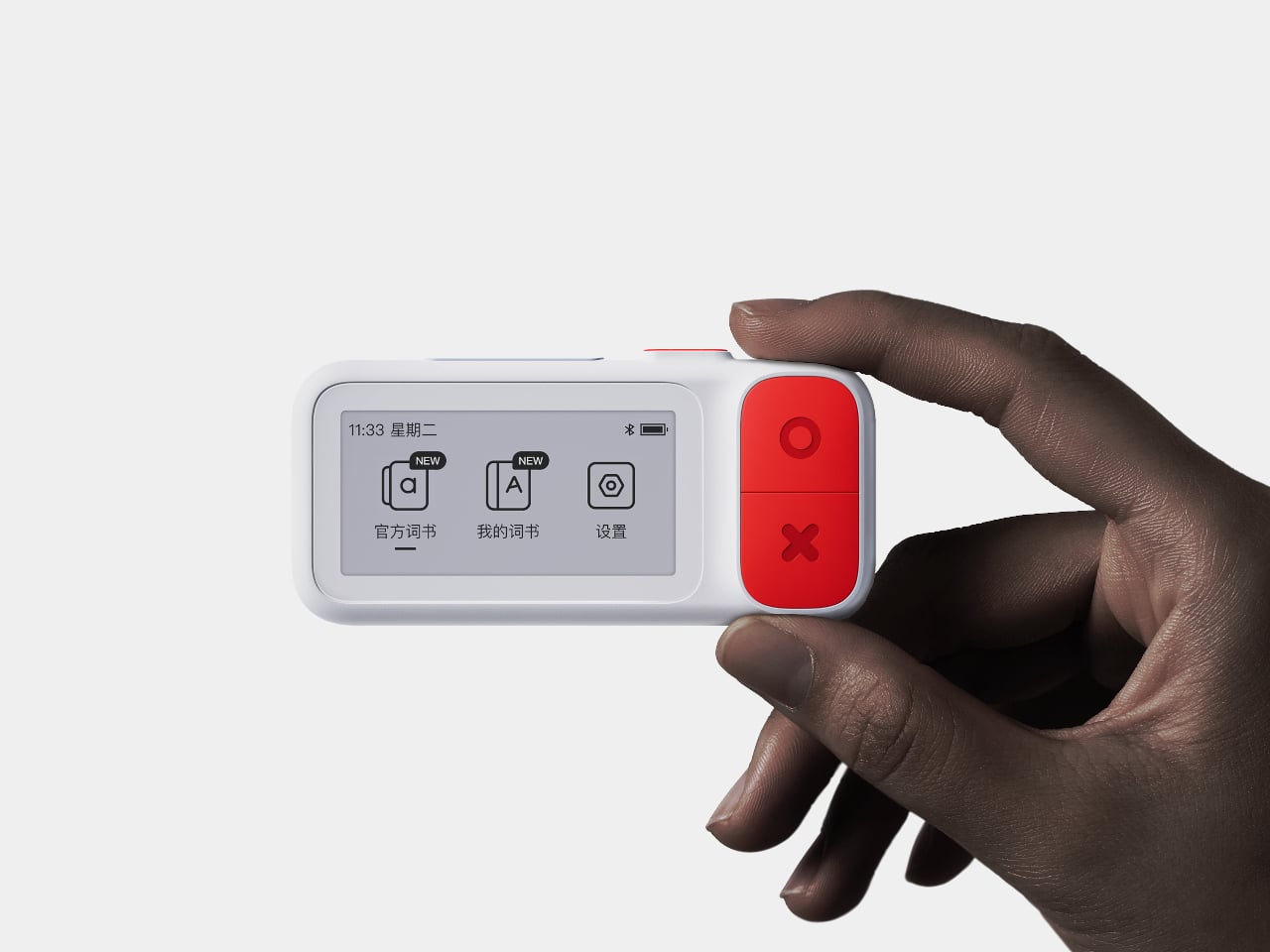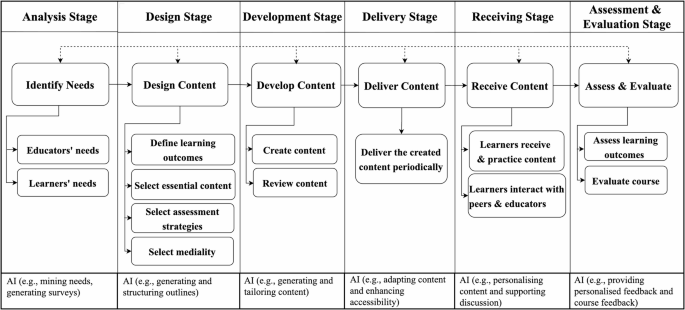Top Instructional Design Careers (2025)


Boise State University’s online Master of Science in Organizational Performance and Workplace Learning (OPWL) allows students to develop their instructional design skills, create projects for their portfolios and expand their knowledge in other areas to help them become more well-rounded designers in an evolving industry.
Boise State Online instructional design students can also opt for adding a graduate certificate in workplace instructional design to their master’s course load or completing the 18-credit certificate program on its own.
Whatever you decide, there are many career options and industries to explore once you’ve earned your master’s degree or graduate certificate. Here are a few of the current top instructional design careers, along with estimated salary ranges.
What is instructional design?
Instructional design is the process of developing learning materials or experiences for industries/businesses such as education, corporations, government programs or financial institutions. These “products” are used for interactive learning experiences (both in-person and virtual), as job aids and training or as presentation support.
Instructional design can be a competitive field that demands knowledge of both education and design, so a bachelor’s degree is considered the minimum requirement for entry-level positions. A graduate degree or certificate can help expand your job options — and salaries. In fact, according to research conducted by the Bill & Melinda Gates Foundation, 87% of instructional designers have a master’s degree and at least three years of hands-on experience. More than half of those surveyed also had teaching experience.
Entry-level instructional design careers
Factors such as geographical location, educational credentials and years of field experience may determine the salary offer. Data and salary estimates come from the U.S. Bureau of Labor Statistics and Glassdoor.com.
Junior instructional designer
Job description: A starting point for entry-level instructional designers building their experience in the profession by working with senior-level designers and helping develop and implement programs, materials and technology.
Salary range: $55,000 – $86,000 annually
E-learning designer/developer
Job description: E-learning designers are specialists who develop content and learning materials for online courses. They also conduct market research on student needs, present at conferences and help train faculty on how to use online learning products. The majority of e-learning designers hold a bachelor’s degree and a portfolio of relevant experience, although some employers may require a graduate degree or certificate.
Salary range: $77,000 – $129,000 annually
Training developer
Job description: A training developer designs education-based programs to help grow workplace skills and knowledge of employees in industries like education, corporations and healthcare.
Salary range: $55,000 – $95,000 annually
Mid-level instructional design careers
Factors such as geographical location, educational credentials and years of field experience may determine the salary offer. Data and salary estimates come from the U.S. Bureau of Labor Statistics and Glassdoor.com.
Instructional designer
Job description: Instructional designers create course materials and full curricula, as well as manuals and guides for engaging, customized learning experiences. The majority of instructional designers will have a graduate-level degree or certificate.
Salary range: $75,000 – $120,000 annually
Learning experience designer (LXD)
Job description: Learning experience designers — much like user experience designers (UX) — create specialized programs or applications with a focus on achieving a desired outcome or fulfilling a goal.
Salary range: $81,000 – $146,000 annually
Corporate trainer
Job description: Corporate trainers develop and implement their training programs within a corporate setting. They also work in tandem with the organization to holistically assess the needs of the company/workforce and help increase efficiency.
Salary range: $55,000 – $90,000 annually
Course/curriculum developer
Job description: While instructional designers create the “how” of learning, course developers have a narrower focus on building and improving content within a program.
Salary range: $73,000 – $130,000 annually
Senior-level/specialized instructional design careers
Factors such as geographical location, educational credentials and years of field experience may determine the salary offer. Data and salary estimates come from the U.S. Bureau of Labor Statistics and Glassdoor.com.
Senior instructional designer
Job description: At the senior level, instructional designers concentrate on the strategy of planning, building and executing complex educational projects. This position will require a graduate degree and extensive experience.
Salary range: $96,000 – 151,000 annually
Learning and development manager
Job description: Another step up in the career path of a corporate trainer, a learning and development manager implements and oversees training and professional development programs within an organization for growth.
Salary range: $99,000 – $168,000 annually
Director of instructional design
Job description: A director of instructional design may work directly with the university provost or program directors to ensure best practices are followed regarding the development, design and delivery of all course materials. The director is also responsible for course maintenance and integrating new technologies when applicable. Requirements for this position may include a doctorate degree and at least five years of higher education or equivalent experience.
Salary range: $102,000 – $163,000 annually
Top industries for instructional design specialists
From big names like Harvard University and Amazon to lesser-known tech start-ups and community programs, there’s a wide range of opportunities for instructional designers within several industries:
- Higher education
- Healthcare
- Non-profit and community-based organizations
- Government agencies
- Tech and software companies
- Financial services
- Consulting firms
Learn more about the Organizational Performance and Workplace Learning program
Earning an online Master of Science in Organizational Performance and Workplace Learning from Boise State University can open doors to new opportunities and a brighter future — and we’re here to support you every step of the way. Whether you’re exploring if an online degree is right for you or need help transferring credits, connecting with a student success coach is the perfect first step.
Ready to learn more? Attend one of our online information sessions or contact a student success coach today.
link







